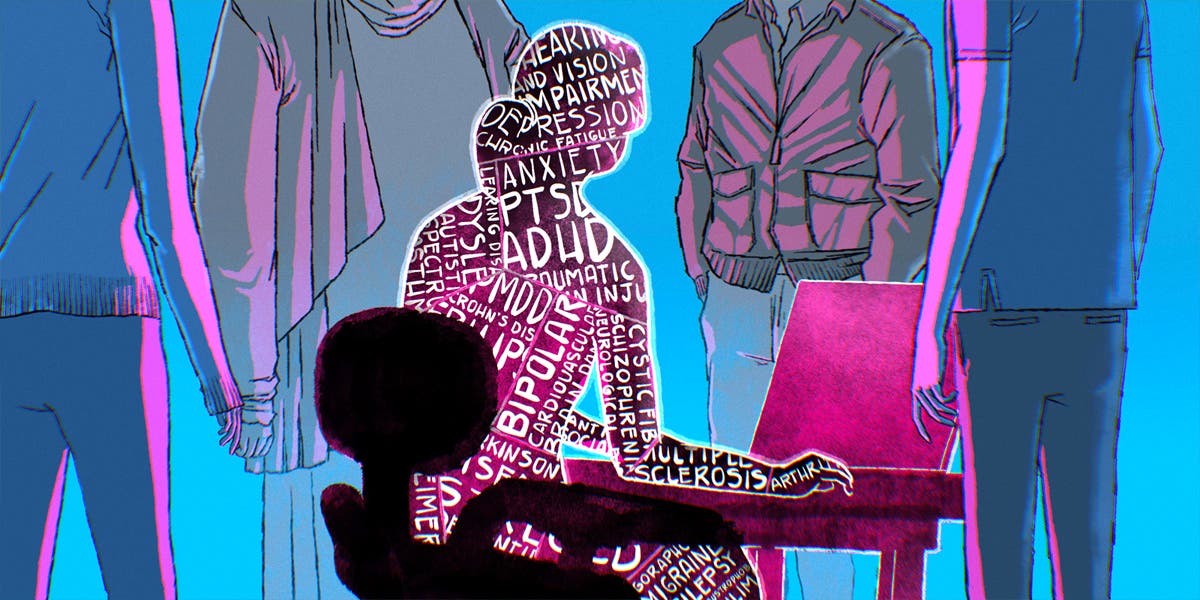Important Terminology

"The difference between the almost right word & the right word is really a large matter--it's the difference between the lightning bug and the lightning."
-Mark Twain
The power of inclusive language is in it's ability to make people feel seen or completely forgotten and undermined. So, while language is constantly evolving, especially around those from marginalized or underrepresented communities, it is everyone's responsibility to stay up to date on the proper terminology. Here's a quick checklist from Perkins School For The Blind, which was created to help everyone stay aware and respectful of the power of words.
A 3-step checklist
With just three steps, this checklist will empower you to navigate any evolving term or phrase.
- Ask yourself: Is it relevant? If you’re getting to know the person and it’s relevant to know their disability, ask about their experience. What identifier do they prefer? On the flip side, if you’re interacting with a total stranger that you suspect is blind or has low vision, you can be respectful and genuine without asking for personal details. Not sure when to ask? We’ve got some recommendations.
- When in doubt, use person-first. It’s kind and considerate to refer to people in a way that’s authentic to their sense of self. When possible, ask the person if they prefer person-first or identity-first language. Otherwise, defer to the person-first approach.
- If you make an honest mistake, that’s okay. We’re all learning together and missteps are expected. Part of building a world where everyone belongs means asking questions and learning from others.
The most important thing to remember when using language is that words are not a one size fits all, meaning that it is important to let marginalized and disabled people retain the power to identify themselves.
-
Person-first languageThis language reminds us that it is important to put the person before their disability, such as "person with a disability" or "person with autism". This approach focuses on the person, rather than their condition as they are not defined by their perceived ability. Doing otherwise can bring focus on what the person "has" rather than who they are.
-
Identity-first languageThis language puts the disability first, by saying "disabled person" or "autistic person". This approach can be used or seen as an act towards reclamation of their disability identity and a way to show pride.
-
Outdated TermsThis language is not only outdated and highly offensive, but it contributes to the degradation of those who are disabled.
Medical vs Social Model of Disability

Leaders in the disability rights movement have constructed two distinct models of how society views disabilities: the Medical Model and the Social Model. These models provide a framework for how people perceive those of us with disabilities. While the Medical Model is a helpful way of understanding illness and loss of function, people in the disability community have largely rejected it in favor of the Social Model. The Social Model promotes the idea that adapting social and physical environments to accommodate people with a range of functional abilities improves quality of life and opportunity for people with and without impairments.
Click this link to better understand the medical and social models of disabilities
